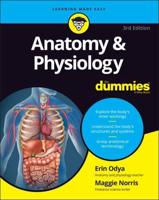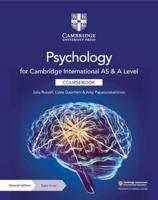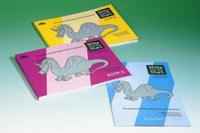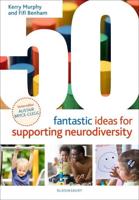Publisher's Synopsis
Teachers continue to look for ways to make math meaningful by providing students with problems and examples demonstrating its applications in everyday life. Space Mathematics offers math applications through one of the strongest motivators-Space. Technology makes it possible for students to experience the value of math, instead of just reading about it. Technology is essential to mathematics and science for such purposes as "access to outer space and other remote locations, sample collection and treatment, measurement, data collection and storage, computation, and communication of information." Black Hole Math is designed to be used as a supplement for teaching mathematical topics. The problems can be used to enhance understanding of the mathematical concept, or as a good assessment of student mastery. This collection of activities is based on a weekly series of space science problems distributed to thousands of teachers during the 2004-2008 school years. They were intended as supplementary problems for students looking for additional challenges in the math and physical science curriculum in grades 10 through 12. The problems are designed to be 'one-pagers' consisting of a Student Page, and Teacher's Answer Key. This compact form was deemed very popular by participating teachers. The topic for this collection is Black Holes, which is a very popular, and mysterious subject among students hearing about astronomy. Students have endless questions about these exciting and exotic objects as many of you may realize! Amazingly enough, many aspects of black holes can be understood by using simple algebra and pre-algebra mathematical skills. This booklet fills the gap by presenting black hole concepts in their simplest mathematical form. General Approach: The activities are organized according to progressive difficulty in mathematics. Students need to be familiar with scientific notation, and it is assumed that they can perform simple algebraic computations involving exponentiation, square-roots, and have some facility with calculators. The assumed level is that of Grade 10-12 Algebra II, although some problems can be worked by Algebra I students. Some of the issues of energy, force, space and time may be appropriate for students taking high school Physics.










